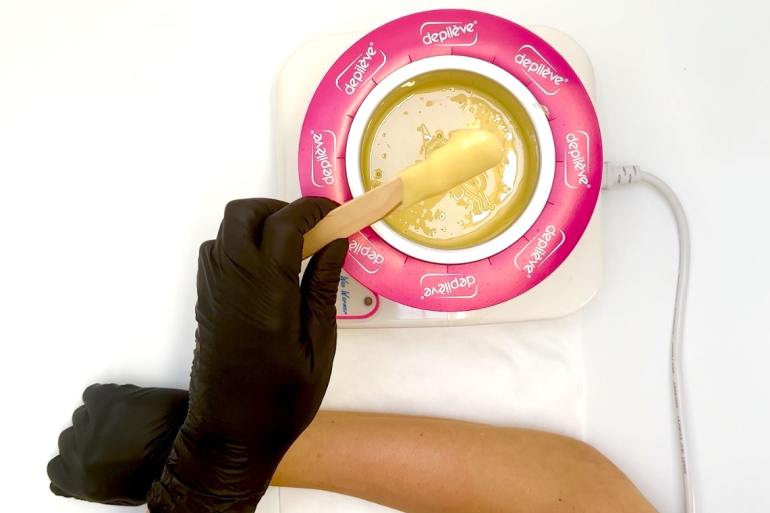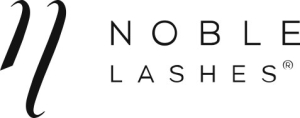If you want to grow your skills at your own pace and truly invest in your future — you’re in the right place. Thousands of students have already chosen Beauty Expert Online to gain internationally recognized beauty qualifications. Our online programs reach students in over 200 markets worldwide, giving access to modern, flexible beauty education — no matter where you live.
How Molecular Size Shapes the Depth and Effectiveness of Chemical Peels

In aesthetic practice, understanding how active molecules travel through the skin is essential for choosing the right type of chemical peel. One of the most influential factors is molecular size, which determines how quickly and how deeply an acid can penetrate the epidermal layers. This knowledge allows professionals to match each acid to specific skin needs, ensuring both safety and optimal treatment results.
Why Molecular Size Matters in Chemical Peels
The skin acts as a selective barrier, and smaller molecules navigate through its layers more easily. Larger molecules move more slowly, remaining closer to the surface. This principle defines the intensity, reach and visible effects of different chemical peels. In cosmetic practice, molecular weight is a key parameter when selecting acids for sensitive, aging or problematic skin.
Transport Pathways and Penetration Speed
The stratum corneum, composed of tightly packed corneocytes and lipids, restricts the movement of many substances. Acids with a small molecular structure slip through intercellular spaces quickly, allowing them to reach deeper layers. Larger molecules diffuse gradually, producing gentler, more surface-oriented results. This variation explains why certain AHAs provide mild exfoliation while others have powerful rejuvenating effects.

Mandelic Acid: Large Molecule, Surface-Level Precision
Mandelic acid has a relatively high molecular weight, making it one of the slowest-penetrating AHAs. Its larger molecular size creates a mild, controlled exfoliation on the surface of the skin. This characteristic makes mandelic acid ideal for:
- reactive or sensitive skin types
- beginners starting chemical exfoliation
- clients prone to irritation
- treatments requiring minimal downtime
Its gentle activity reduces the risk of inflammation while still improving clarity, tone and texture, making it a popular choice for frequent use.
Glycolic Acid: Small Molecule, Deep-Acting Rejuvenation
Glycolic acid is the smallest AHA in cosmetic dermatology. Its low molecular weight enables rapid penetration through the epidermis, reaching deeper layers of the skin. This high diffusion capacity allows glycolic acid to:
- stimulate dermal remodeling
- improve deep wrinkles
- soften advanced signs of photoaging
- support regeneration in thicker, keratinized skin
Because of its intensity, glycolic acid is particularly effective in advanced anti-aging therapies, yet requires careful use in sensitive skin.
How to Choose the Right AHA Based on Molecular Behavior
Selecting the suitable acid depends on skin reactivity, target depth, and treatment goals. Larger molecules provide stability and gentleness, making them a safe entry point for new clients. Smaller molecules deliver dramatic results in rejuvenation protocols but demand precise application and post-treatment care. Understanding these mechanisms improves treatment planning and enhances long-term outcomes.
Molecular size plays a crucial role in determining how deeply an active acid can penetrate during a chemical peel. Mandelic acid offers gentle, surface-level exfoliation due to its larger molecular structure, while glycolic acid penetrates quickly and deeply, delivering intensive rejuvenation. Recognizing these differences helps professionals tailor each peel to the individual needs of the skin, ensuring safe, predictable and effective results.











